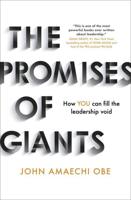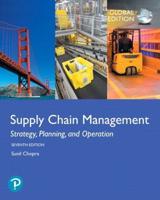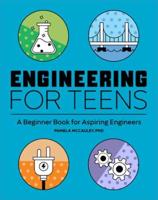Publisher's Synopsis
Determine Organizational Needs Despite Limited Resources
Needs Assessment on a Shoestring offers talent development professionals a process for addressing organizational needs and determining whether training is the solution. Needs assessment pros Kelly L. Jones and Jody N. Lumsden apply the Build-Borrow-Buy approach to provide guidance, quick tips, and shortcuts for investigating and uncovering everything you can about the organizational problem you need to solve.
With this book, you will learn to build a needs assessment strategy, gather insight through data analysis, and put forward effective solution recommendations. You'll also pick up strategies for borrowing existing information, talent, and resources, and for making resource management decisions. Regardless of the scope of the project, the constraints of the business problem, or how you get the job done, the steps associated with needs assessments are flexible enough to scale up or down.
To conduct high-quality needs assessments, think like a detective. The detectives Sherlock Holmes, Velma Dinkley, and Hercule Poirot didn't have large teams, unlimited budgets, or a bottomless well of resources to work with, but they succeeded by identifying who, where, and how to solve mysteries that no one else could. With this book, talent development professionals can too. This is a perfect resource for small companies-and departments of one or few-who need to get started right away.
The Association for Talent Development's On a Shoestring series helps professionals successfully execute core topics in training and talent development when facing limitations of time, money, staff, and other resources. Using the Build-Borrow-Buy approach to problem solving, this series is designed for practitioners who work as a department of one; for new or "accidental" trainers, instructional designers, and learning managers who need fast, inexpensive access to practical strategies that work; and for those who work for small organizations or in industries that have limited training and development resources.








